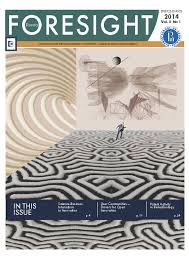
Determinants of Foreign Technological Activity in German Regions – A Count Model Analysis of Transnational Patents (1996-2009)
This paper analyses the determinants of spatial distribution of foreign technological activity across 96 German regions (1996-2009). We identify foreign inventive activity by applying the ‘cross-border-ownership concept’ to transnational patent applications. The descriptive analysis shows that foreign technological activity more than doubled during the observation period with persistent spatial heterogeneity in Germany. Using a pooled count data model, we estimate the effect of various sources for externalities on the extent of foreign technological activity across regions. Our results show that foreign technological activity is attracted by technologically specialised sectors of regions. In contrast to existing findings this effect applies both to foreign as well as domestic sources of specialisation. We show that the relation between specialisation and foreign technological activity is non-linear and that it is influenced by sectoral heterogeneity. Externalities related to technological diversification attract foreign R&D only into ‘higher order’ regions.





